When syncing identity data between Windows Server Active Directory and Microsoft Entra ID, errors can arise that disrupt the process. This guide outlines the common types of sync errors, scenarios causing these issues, and steps to address them. While this document covers frequent errors, it may not address every scenario.
Key Features for Error Management
-
Synchronization Errors Report
Available in the Microsoft Entra admin center (requires Microsoft Entra Connect Health for sync). This feature is included in the latest version of Microsoft Entra Connect (August 2016 or higher). -
Duplicate Attribute Resiliency
Enabled by default for all new Microsoft Entra tenants starting September 1, 2016. Existing tenants also benefit from automatic enablement of this feature.
Errors During Export to Microsoft Entra ID
Export errors occur when Microsoft Entra Connect attempts to perform operations such as add, update, or delete on Microsoft Entra ID, and these actions fail. The connector responsible for these export operations is typically identified by the name format: contoso.onmicrosoft.com.
Below are the common types of synchronization errors encountered during the export process:
Permission Issues
- Cause: Insufficient permissions for the Microsoft Entra Connector account to perform the required operation.
- Resolution:
- Verify that the connector account has the necessary permissions in Microsoft Entra ID.
- Assign roles such as Directory Synchronization Accounts if missing.
Duplicate Attributes
- Cause: The attribute value (e.g.,
ProxyAddresses,UserPrincipalName) already exists in Microsoft Entra ID, causing a conflict. - Resolution:
- Use the Duplicate Attribute Resiliency feature (enabled by default) to handle conflicts.
- For unresolved conflicts, manually review and adjust duplicate attributes in Active Directory or Microsoft Entra ID.
Object Reference Errors
- Cause: Attempted actions involve objects that no longer exist or have invalid references.
- Resolution:
- Validate all object references in the Active Directory and Microsoft Entra ID.
- Ensure that linked objects are correctly synchronized.
Attribute Validation Errors
- Cause: Attributes being exported violate Microsoft Entra ID policies (e.g., invalid characters in
DisplayNameorUPNformat issues). - Resolution:
- Review and correct the attribute values in the source directory.
- Use tools like Synchronization Errors Report to identify problematic attributes.
Quota or Service Limits
- Cause: Exceeding Microsoft Entra ID quotas or service limits during synchronization.
- Resolution:
- Check Microsoft Entra ID tenant service quotas (e.g., maximum number of objects or attribute values).
- Reduce the number of synchronized objects or adjust your subscription plan as necessary.
Network Connectivity Issues
- Cause: Connectivity interruptions between Microsoft Entra Connect and Microsoft Entra ID.
- Resolution:
- Ensure stable and reliable network connectivity.
- Check firewall settings and verify that required ports are open.

InvalidHardMatch Error
The InvalidHardMatch error occurs during synchronization when there is an attempt to hard match an incoming object with an existing object in Microsoft Entra ID using the same sourceAnchor value. This error is triggered if the BlockCloudObjectTakeoverThroughHardMatchEnabled feature is enabled for the tenant, preventing hard matches.
Example Scenarios
-
Re-enabling Directory Synchronization
- Scenario: Directory synchronization is re-enabled on the tenant, and objects with the same sourceAnchor value are synchronized again.
- Outcome: The BlockCloudObjectTakeoverThroughHardMatchEnabled feature prevents the hard match.
-
Restoring Objects from Recycle Bin
- Scenario: A user object is excluded from the sync scope and later restored from the Microsoft Entra ID Recycle Bin. When re-added to the sync scope, the object tries to take over the existing object in Microsoft Entra ID using the same sourceAnchor value.
- Outcome: The BlockCloudObjectTakeoverThroughHardMatchEnabled feature blocks the hard match.
"abcdefghijklmnopqrstuv==", derived from his MsDs-ConsistencyGUID or ObjectGUID.- Bob Smith’s object becomes soft-deleted in Microsoft Entra ID.
- The DirSyncEnabled attribute is set to
False, marking it as out of sync but still associated with on-premises Active Directory.
- Normally, a hard match would take over the existing object in Microsoft Entra ID, setting DirSyncEnabled back to
True. - However, with BlockCloudObjectTakeoverThroughHardMatchEnabled enabled, the operation fails, and an InvalidHardMatch error occurs.
Fixing the InvalidHardMatch Error
Recommended Approach
- Keep the BlockCloudObjectTakeoverThroughHardMatchEnabled feature enabled unless you explicitly need to take over existing accounts in Microsoft Entra ID.
Enable Hard Match
- If you need to bypass the error and perform a hard match:
- Follow the steps outlined in Hard-match vs Soft-match to re-enable hard matching for the affected account.
- Once enabled, retry the synchronization to resolve the InvalidHardMatch error.
- If you need to bypass the error and perform a hard match:
InvalidSoftMatch Issue
Description
The InvalidSoftMatch error occurs during synchronization when:
- A hard match fails because no object has the same immutableId (calculated from the sourceAnchor).
- A soft match finds a matching object, but that object has a different immutableId.
This typically indicates that the matched object in Microsoft Entra ID was previously synced from a different on-premises Active Directory object.
For a successful soft match, the existing object in Microsoft Entra ID should have no value for the immutableId attribute.
Common Causes of InvalidSoftMatch Errors
-
Attribute Duplicates
Microsoft Entra schema prevents two or more objects from having the same value for attributes like:proxyAddressesuserPrincipalNameonPremisesSecurityIdentifierimmutableId
Duplicate values in these attributes can cause soft-match failures.
-
ImmutableId Conflict
The existing object in Microsoft Entra ID has an immutableId value that doesn’t match the incoming object’s sourceAnchor. -
Configuration or Object Lifecycle Issues
- A synced object is moved between forests, and the sourceAnchor changes.
- A synced object is deleted and recreated in the on-premises Active Directory without deleting the Microsoft Entra ID object.
- Microsoft Entra Connect is reinstalled, and a different attribute is selected for the sourceAnchor.
Example Case
Existing Object:
- Bob Smith is a synced user with:
userPrincipalName:bobs@contoso.comproxyAddresses:smtp:bobs@contoso.com
smtp:bob.smith@contoso.com
smtp:bob@contoso.com- immutableId:
"abcdefghijklmnopqrstuv=="
- Bob Smith is a synced user with:
New Object:
- Bob Taylor is added with:
userPrincipalName:bobt@contoso.comproxyAddresses:smtp:bobt@contoso.com
smtp:bob.taylor@contoso.com
smtp:bob@contoso.com- immutableId:
"abcdefghijkl0123456789=="
- Bob Taylor is added with:
Error Process:
- Hard Match: No object in Microsoft Entra ID has
immutableId = "abcdefghijkl0123456789==". - Soft Match: Microsoft Entra ID finds
smtp:bob@contoso.comlinked to Bob Smith.- However, Bob Smith’s immutableId is
"abcdefghijklmnopqrstuv==". - The mismatch triggers an InvalidSoftMatch error.
- However, Bob Smith’s immutableId is
- Hard Match: No object in Microsoft Entra ID has
Fixing the InvalidSoftMatch Error
-
Identify Duplicates:
- Use the Microsoft Entra Connect Health for Sync error report to identify conflicting objects and attributes.
-
Resolve Conflicts:
- Determine which object should retain the duplicated value (e.g.,
proxyAddressesoruserPrincipalName). - Update or remove the duplicated value from the conflicting object(s) in the source directory.
- Determine which object should retain the duplicated value (e.g.,
-
Delete Conflicting Object (if needed):
- If two objects can’t be reconciled, delete the one not required.
-
Sync Changes:
- Allow Microsoft Entra Connect to synchronize the updated attributes.
- Review updated sync error reports (updated every 30 minutes) to ensure resolution.
Important Notes
-
ImmutableId Stability:
The immutableId attribute should remain unchanged during the object’s lifetime. Reinstallation of Microsoft Entra Connect or changes in sourceAnchor attribute configuration can cause errors. -
Duplicate Attribute Resiliency:
If enabled, this feature reduces sync errors by tolerating duplicates for attributes likeproxyAddressesanduserPrincipalName. However, underlying duplication issues still require resolution.
ObjectTypeMismatch Error
Description
An ObjectTypeMismatch error occurs when Microsoft Entra ID attempts a soft match between two objects of different types (e.g., user, group, or contact) that share the same value for attributes used in the matching process, such as proxyAddresses. Since these attributes cannot have duplicate values across different object types in Microsoft Entra ID, the operation fails.
Example Scenario
Group in Microsoft 365:
- A mail-enabled security group is created in Microsoft 365 with the email
tax@contoso.com. - The group is assigned the
proxyAddressesvalue:smtp:tax@contoso.com
- A mail-enabled security group is created in Microsoft 365 with the email
New User in On-Premises AD:
- A new user account is created in the on-premises Active Directory with the same
proxyAddressesvalue:smtp:tax@contoso.com
- A new user account is created in the on-premises Active Directory with the same
Sync Attempt:
- When Microsoft Entra Connect syncs the new user account to Microsoft Entra ID, a soft match is attempted.
- Since the existing object (
group) and the incoming object (user) have the sameproxyAddressesvalue, the sync operation results in an ObjectTypeMismatch error.
Fixing the ObjectTypeMismatch Error
-
Identify the Conflict:
- Use the Microsoft Entra Connect Health for Sync report to identify the conflicting
proxyAddressesvalue and the objects involved.
- Use the Microsoft Entra Connect Health for Sync report to identify the conflicting
-
Determine Ownership:
- Decide which object (e.g., user, group, or contact) should retain the duplicated value.
-
Resolve Duplicates:
- Remove the duplicated value from the object that should not have it.
- Make these changes in the directory where the object is sourced (e.g., on-premises AD or Microsoft Entra ID).
-
Sync Changes:
- Allow Microsoft Entra Connect to synchronize the changes.
- Verify the updated sync error report, which is refreshed every 30 minutes.
Important Notes
Attribute Uniqueness:
- Microsoft Entra ID requires certain attributes, like
proxyAddressesanduserPrincipalName, to be unique across all objects.
- Microsoft Entra ID requires certain attributes, like
Prevent Future Conflicts:
- Establish clear policies for managing attribute values such as
proxyAddressesin on-premises AD to avoid duplications.
- Establish clear policies for managing attribute values such as
Duplicate attributes Error
Description
The AttributeValueMustBeUnique error occurs when Microsoft Entra ID encounters two or more objects with the same value for certain attributes that must be unique. These attributes include:
- proxyAddresses
- signInName
- userPrincipalName
If a new object or an update to an existing object introduces a duplicate value for any of these attributes, the operation fails and results in an AttributeValueMustBeUnique error.
Example Scenario
Existing User in Microsoft Entra ID:
- Bob Smith is a synced user in Microsoft Entra ID.
- Bob Smith’s attributes include:
- userPrincipalName:
bobs@contoso.com - proxyAddresses:
smtp: bobs@contoso.com
smtp: bob.smith@contoso.com
smtp: bob@contoso.com
- userPrincipalName:
New User in On-Premises AD:
- A new user, Bob Taylor, is added to the on-premises AD.
- Attributes for Bob Taylor:
- userPrincipalName:
bobt@contoso.com - proxyAddresses:
smtp: bobt@contoso.com
smtp: bob.taylor@contoso.com
- userPrincipalName:
Update to Bob Taylor’s Attributes:
- The admin updates Bob Taylor’s proxyAddresses to include:
smtp: bob@contoso.com
- The admin updates Bob Taylor’s proxyAddresses to include:
Sync Attempt:
- Microsoft Entra ID attempts to update Bob Taylor’s object.
- The operation fails because the value
smtp: bob@contoso.comis already assigned to Bob Smith. - This results in an AttributeValueMustBeUnique error.
Fixing the AttributeValueMustBeUnique Error
Identify the Conflict:
- Use the Microsoft Entra Connect Health for Sync report to find the duplicate value and the conflicting objects.
Determine Ownership:
- Decide which object should retain the duplicated value.
Resolve the Conflict:
- Remove the duplicated value from the object that should not have it.
- Make this change in the source directory (e.g., on-premises Active Directory).
Sync the Changes:
- Allow Microsoft Entra Connect to propagate the changes to Microsoft Entra ID.
- The error will be resolved after synchronization.
Best Practices to Prevent AttributeValueMustBeUnique Errors
-
Unique Attribute Management:
- Ensure that values like proxyAddresses and userPrincipalName are unique across all objects in the on-premises AD before syncing.
-
Regular Audits:
- Periodically review your on-premises directory for potential conflicts using tools like the Synchronization Error Reports in Microsoft Entra Connect.
-
Naming Conventions:
- Adopt consistent naming conventions for attributes like userPrincipalName and proxyAddresses to avoid accidental duplication.
-
Enable Duplicate Attribute Resiliency:
- If supported, enable Microsoft Entra’s duplicate attribute resiliency feature to reduce errors and ensure smoother synchronization.
Data validation failures Error
The IdentityDataValidationFailed error occurs when data fails to meet the validation rules enforced by Microsoft Entra ID. These rules ensure that data complies with the required standards for compatibility with applications relying on Microsoft Entra ID.
Common Scenarios
Invalid or Unsupported Characters in
userPrincipalName:- The userPrincipalName contains characters that are not supported by Microsoft Entra ID (e.g., spaces, special characters like
#, or emojis).
- The userPrincipalName contains characters that are not supported by Microsoft Entra ID (e.g., spaces, special characters like
Incorrect Format for
userPrincipalName:- The userPrincipalName doesn’t conform to the standard email format (
username@domain.com).
- The userPrincipalName doesn’t conform to the standard email format (
Fixing the IdentityDataValidationFailed Error
-
Identify the Problematic Data:
- Use the Synchronization Error Report in Microsoft Entra Connect Health for sync to locate the object(s) causing the error.
-
Review and Correct the
userPrincipalName:- Ensure the value:
- Is in the format:
username@domain.com - Uses supported characters (letters, numbers, hyphens, periods, and underscores).
- Is in the format:
- Avoid using reserved or special characters.
- Ensure the value:
-
Update the Data Source:
- Make the correction in the source directory, such as the on-premises Active Directory.
-
Synchronize the Changes:
- Allow Microsoft Entra Connect to propagate the corrected data to Microsoft Entra ID.
Best Practices to Prevent IdentityDataValidationFailed Errors
Validate Data Before Sync:
- Regularly audit the on-premises directory for improperly formatted or invalid attribute values.
Implement Input Controls:
- Restrict the creation of invalid userPrincipalName values in on-premises AD by using policies or scripts.
Education and Documentation:
- Educate IT teams on proper attribute formats and create documentation for acceptable userPrincipalName patterns.
Leverage Built-In Tools:
- Use Microsoft Entra Connect’s built-in error reporting and diagnostic tools to catch potential errors early.
Deletion access violation and password access violation errors
Microsoft Entra ID safeguards cloud-only objects—objects created directly in Microsoft Entra ID or Microsoft 365—from being modified through Microsoft Entra Connect. While synchronization tools can’t update these objects, backend calls made directly to Microsoft Entra ID may encounter errors if attempts are made to modify these objects.
Common Errors and Their Descriptions
Error Type 114: This synchronization operation, Delete, isn’t valid. Contact Technical Support
- This error occurs when Microsoft Entra Connect tries to delete a cloud-only object. Such deletions are not permitted through synchronization tools.
Unable to process this update because one or more cloud-only users’ credential update is included in the current request.
- This error is raised when an attempt is made to update credentials (like passwords) for cloud-only objects via Microsoft Entra Connect.
Deleting a cloud-only object isn’t supported. Contact Microsoft Customer Support.
- Direct attempts to delete cloud-only objects through backend calls are restricted.
The password change request can’t be executed because it contains changes to one or more cloud-only user objects, which aren’t supported. Contact Microsoft Customer Support.
- Password modifications for cloud-only objects are not supported through backend calls or synchronization tools.
How to Handle These Errors
Identify Cloud-Only Objects:
- Use the Microsoft Entra admin center or PowerShell to verify whether the object is marked as cloud-only (e.g., its
DirSyncEnabledattribute is set toFalse).
- Use the Microsoft Entra admin center or PowerShell to verify whether the object is marked as cloud-only (e.g., its
Modify Cloud-Only Objects Directly in Microsoft Entra ID:
- For changes to cloud-only objects, use Microsoft Entra admin tools, Microsoft Graph API, or PowerShell to directly edit the objects.
Avoid Attempting Deletions or Updates via Sync Tools:
- Exclude cloud-only objects from any operations in Microsoft Entra Connect.
Escalate Complex Cases to Microsoft Support:
- If the error is blocking critical operations, open a support ticket with Microsoft for assistance.
Error Type 114: Failure to Delete Users During Migration from Hybrid to Cloud-Only
When migrating from a hybrid to a cloud-only environment, users may fail to be deleted through Microsoft Entra Connect, leading to Error Type 114. This error is typically encountered during an attempt to delete users, especially in scenarios where Microsoft Entra Connect is syncing on-premises Active Directory to Microsoft Entra ID.
Possible Causes
- Sync Rule Based on Admin Attribute:
- A rule used to move users out of sync scope might be incorrectly based on the Admin attribute, preventing successful deletion of users.
- Deletion Operation Blocked:
- The delete operation may fail during the synchronization process, preventing users from being properly deleted.
- Feature-Specific Sync Failures:
- Sync failures on specific features may block user deletions. For example, misconfigurations in sync settings or the incorrect exclusion of users could trigger this issue.
Error Example
Here’s a typical export error example when encountering Error Type 114:
This error occurs when trying to delete an object, but Microsoft Entra Connect can’t process the delete request due to the object being in an unsupported state for deletion.
Steps to Resolve the Error
Identify the Problem Object Reference:
- Use the CsObjectIdentifier or Dn (Distinguished Name) to identify the problematic object in the directory.
Soft-Delete the Cloud Account Using PowerShell:
- Run the following PowerShell command to start a sync cycle that will import the deletion request:
Start-ADSyncSyncCycle -PolicyType DeltaThis command should sync the account deletion.
- Run the following PowerShell command to start a sync cycle that will import the deletion request:
Confirm the Deletion:
- After the sync cycle, check to confirm that the user has been successfully deleted from Microsoft Entra ID.
Restore the User from the Recycle Bin:
- If necessary, restore the user account from the Microsoft Entra ID Recycle Bin to re-sync it with the cloud environment.
Run a Delta Sync Again:
- After restoring the user, run the sync cycle again to ensure no further errors are encountered:
Start-ADSyncSyncCycle -PolicyType Delta
- After restoring the user, run the sync cycle again to ensure no further errors are encountered:
Important Notes
- Soft-Deletions and DirSyncEnabled Attribute: When a user is excluded from sync scope, Microsoft Entra ID soft-deletes the user, marking the DirSyncEnabled attribute as
False. However, this action doesn’t convert the object to a cloud-only object. The object remains tied to its on-premises Active Directory source, and its attributes are still synced. The DirSyncEnabled attribute beingFalseindicates that the object is out of sync scope but can be matched again if necessary.
Prevention and Best Practices
Review Sync Rules: Ensure that synchronization rules are not based on attributes that conflict with the deletion process, such as the Admin attribute.
Careful Exclusion of Users: Be mindful of how users are excluded from sync scope. Removing users incorrectly can leave objects in an inconsistent state, making deletion more difficult.
Monitor Deletions During Migration: During migration from hybrid to cloud-only environments, monitor sync operations closely to ensure proper handling of user deletions and avoid errors like Error Type 114.
LargeObject or ExceededAllowedLength
The LargeObject or ExceededAllowedLength sync error occurs when an object exceeds the size limits or attribute count limits imposed by Microsoft Entra ID during synchronization with Microsoft Entra Connect. This error typically affects attributes like userCertificate, userSMIMECertificate, thumbnailPhoto, and proxyAddresses.
Description
Microsoft Entra ID enforces limits on object size and attribute values:
- userCertificate: Can hold up to 15 certificates.
- userSMIMECertificate: Can hold up to 15 certificates.
- thumbnailPhoto: Size limit for the photo may cause the error if it’s too large.
- proxyAddresses: While Microsoft Entra ID doesn’t impose a strict limit, objects can fail sync when the number of proxy addresses exceeds the limit based on overall object size.
Additionally, the object size limit is determined by various factors, including the number of attributes populated, indexed values, service plans, licenses, and directory extensions. Attributes like proxyAddresses have different weight multipliers that affect the overall object size.
Scenario Examples
userCertificate Attribute:
- If Bob’s userCertificate attribute contains too many certificates (such as expired or old certificates), it could exceed the allowed limit of 15 certificates, causing the error.
userSMIMECertificate Attribute:
- Similar to the userCertificate attribute, if too many certificates are stored in userSMIMECertificate, the limit of 15 certificates can be exceeded.
thumbnailPhoto Attribute:
- A large photo assigned to the thumbnailPhoto attribute might be too large to sync with Microsoft Entra ID, leading to a sync failure.
proxyAddresses Attribute:
- When an object has too many proxyAddresses assigned (such as many SMTP, X.400, or other email addresses), the total number of addresses might exceed the limits, especially if other attributes are also populated.
How Object Size Is Affected
The size of an object in Microsoft Entra ID is affected by various factors, including:
- Indexed Values: Attributes that are indexed (e.g., proxyAddresses) contribute more to the object size.
- Service Plans and Licenses: Additional services or licenses assigned to the account can consume more attributes and increase the overall size.
- Other Attributes: Any attribute populated on the object (e.g., mailNickName, userCertificate) will affect the total object size.
Examples of Maximum Limits
- A synced user with minimal attributes (just mandatory Active Directory attributes and Mail) can sync up to 332 proxy addresses.
- A user with mailNickName plus 10 user certificates will have a lower limit of 329 proxy addresses.
- With 4 subscriptions and 10 user certificates, the maximum number of proxy addresses decreases to 311.
- If a user reaches the proxy address limit and you need to add another address, you’ll need to remove some user certificates (e.g., removing 3 certificates to accommodate 1 additional proxy address).
Fixing the LargeObject or ExceededAllowedLength Error
To resolve this error, review the user properties and remove unnecessary or outdated attribute values. For example:
Remove Unnecessary Certificates:
- Delete old, expired, or revoked certificates in the userCertificate and userSMIMECertificate attributes. These certificates might no longer be required and contribute to exceeding the attribute size limit.
Remove Outdated Proxy Addresses:
- Review the proxyAddresses attribute and remove outdated or unnecessary addresses (such as old SMTP, X.400, X.500, MSMail, and CcMail addresses). These addresses can consume a large portion of the allowed size.
Resize or Remove Large Photos:
- Ensure that the thumbnailPhoto attribute doesn’t contain an excessively large image file. Resize or remove the photo to ensure it’s within the acceptable size limit for sync.
Rebalance Attributes:
- If necessary, remove or reduce the number of userCertificate attributes to free up space for additional proxyAddresses or other attributes.
General Guidance
As a general rule, aim to keep the number of SMTP addresses in the proxyAddresses attribute around 300 to allow space for future growth and avoid exceeding the object size limit.
Regularly review and clean up attributes like userCertificates, proxyAddresses, and thumbnailPhoto to ensure that the total size of the object doesn’t exceed the limits imposed by Microsoft Entra ID.
Existing Admin Role Conflict
An Existing Admin Role Conflict sync error occurs when Microsoft Entra Connect attempts to synchronize a user object from on-premises Active Directory (AD) to Microsoft Entra ID (Azure AD), and the following conditions are met:
- The user object has administrative permissions (i.e., it is assigned to an administrative role in Microsoft Entra ID).
- The userPrincipalName (UPN) of the on-premises user object is the same as the UPN of an existing user in Microsoft Entra ID.
This error happens because Microsoft Entra Connect is not allowed to soft match a user object from on-premises AD with an existing Microsoft Entra ID object that already has an administrative role assigned.
How the Conflict Occurs
- When the on-premises user has a userPrincipalName that matches an existing cloud user in Microsoft Entra ID (with admin roles assigned), Microsoft Entra Connect cannot merge the objects because one already has administrative permissions.
- This can result in an Existing Admin Role Conflict error during synchronization, as Microsoft Entra ID cannot reconcile the conflicting roles and attributes between the two objects.
Fixing the Existing Admin Role Conflict Error
To resolve this error, follow these steps:
Remove the Administrative Role from the Cloud Account:
- Remove the Microsoft Entra account (owner) from all administrative roles in Microsoft Entra ID to eliminate any conflicts with the synchronization process.
Hard Delete the Cloud Object:
- Once the administrative role has been removed, hard delete the quarantined object in the cloud to clear the conflict.
- This ensures that Microsoft Entra ID no longer holds a user object with administrative roles, allowing for a proper match with the on-premises user object.
Wait for the Next Sync Cycle:
- During the next Microsoft Entra Connect sync cycle, the soft match will be successful since the cloud user is no longer an Hybrid Identity Administrator. The on-premises user will be matched to the cloud object correctly.
Restore Administrative Role Memberships:
- After the successful soft match of the user object, you can restore the administrative roles for the user in Microsoft Entra ID as needed.
Important Notes
- Administrative Role Reassignment: You can assign the administrative role to the existing user again after the soft match between the on-premises user and the cloud user object has been completed.
- Sync Cycle: The sync error will be resolved after the next successful sync cycle, ensuring that the on-premises and cloud user objects are aligned without conflicting administrative roles.
Conclusion
Resolving synchronization errors in Microsoft Entra ID can be a complex task, but with a clear understanding of common issues such as InvalidSoftMatch, ObjectTypeMismatch, and LargeObject errors, you can take proactive steps to fix and prevent these issues from disrupting your cloud identity management processes.
By carefully reviewing user attributes, understanding how Microsoft Entra Connect handles object synchronization, and ensuring that conflicts such as duplicate attributes or administrative role mismatches are resolved, you’ll be better equipped to maintain a seamless integration between your on-premises Active Directory and Microsoft Entra ID.
Whether you are dealing with a LargeObject error due to a surplus of certificates or encountering a Conflicting Admin Role issue during migration, the key to resolution lies in identifying the root cause and making necessary adjustments in your directory structure or synchronization policies.
Regular monitoring, using tools like Microsoft Entra Connect Health, and staying informed about new features and updates will help ensure that your hybrid identity environment remains efficient, secure, and free of synchronization errors. Remember, Microsoft Entra Connect and its associated services are continually evolving, so staying ahead of potential issues and troubleshooting them quickly is essential for ensuring a smooth user experience across all connected environments.
By following the outlined fixes and best practices, you’ll be able to keep your user data synchronized and avoid downtime or disruptions in your identity management system, ensuring that your users are always connected and ready to take full advantage of the cloud-based services Microsoft Entra offers.


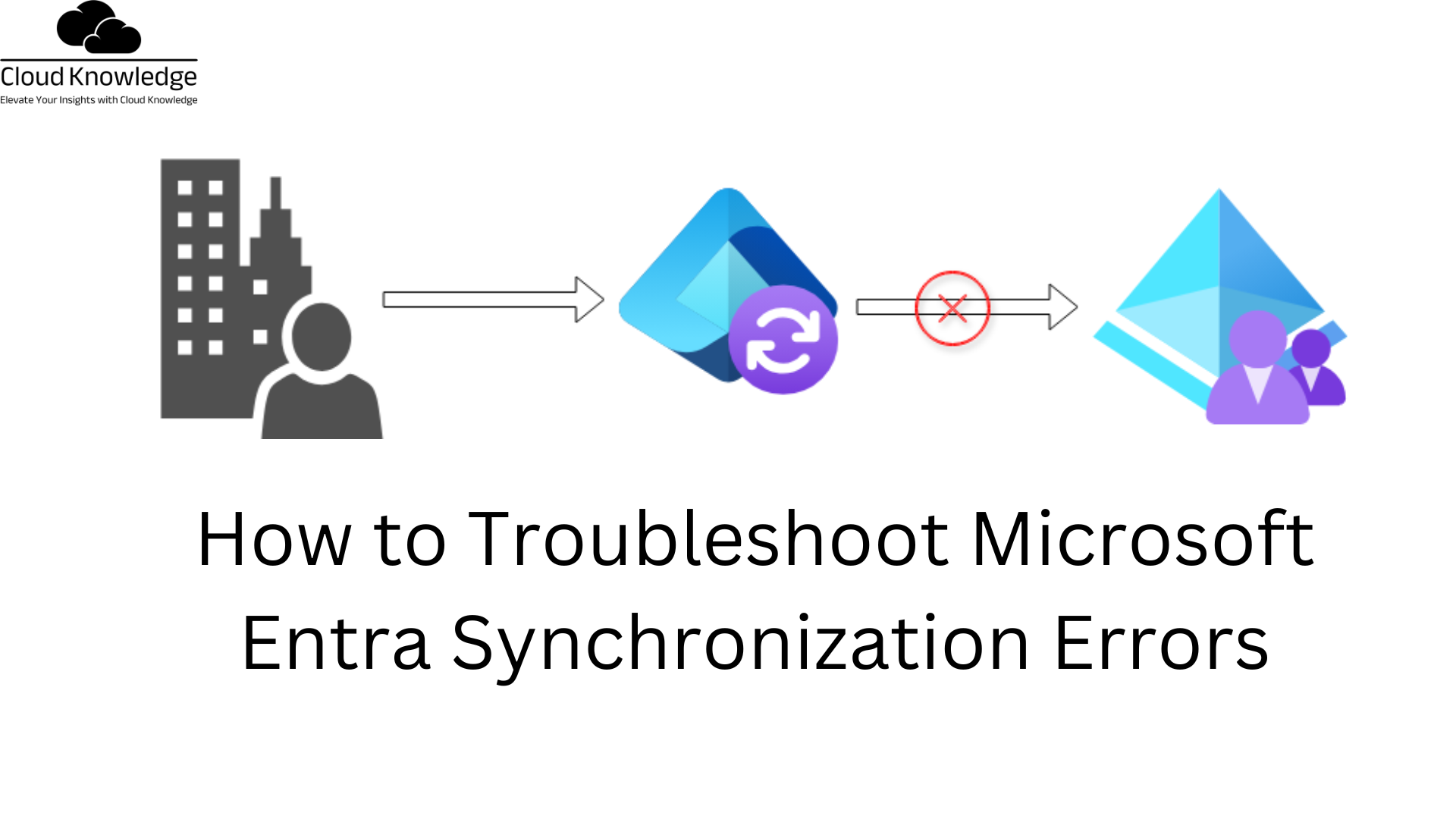
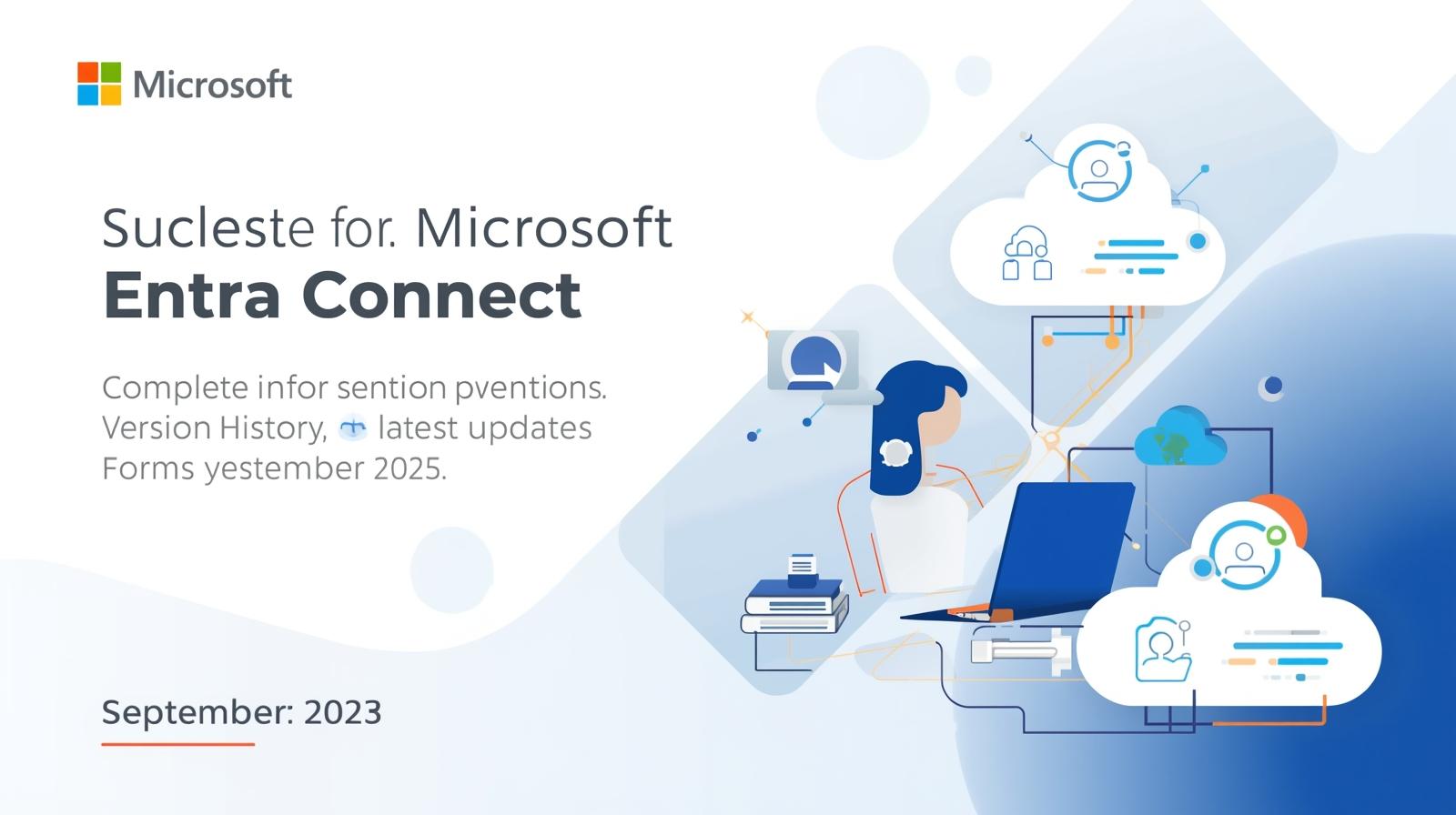
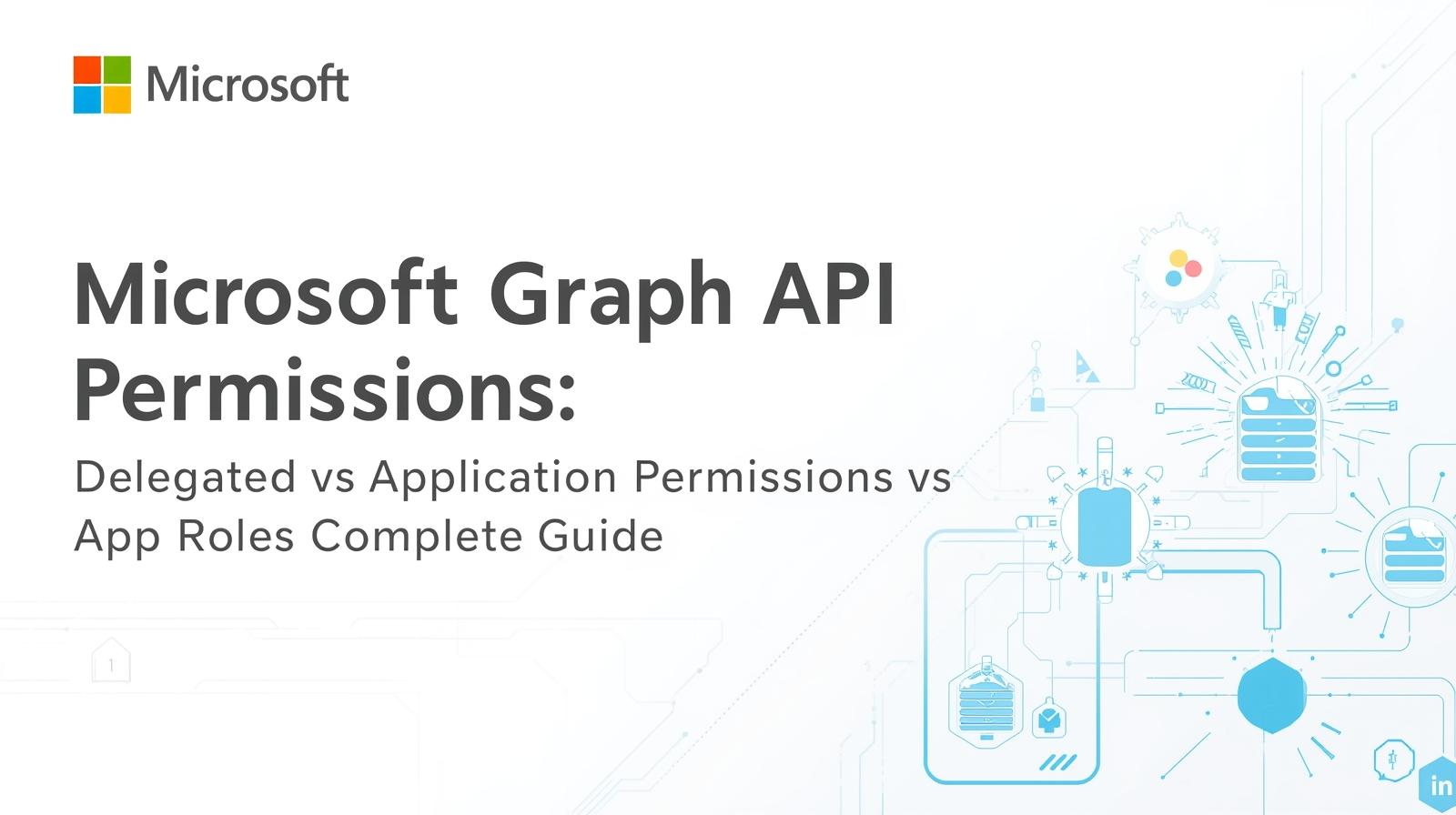
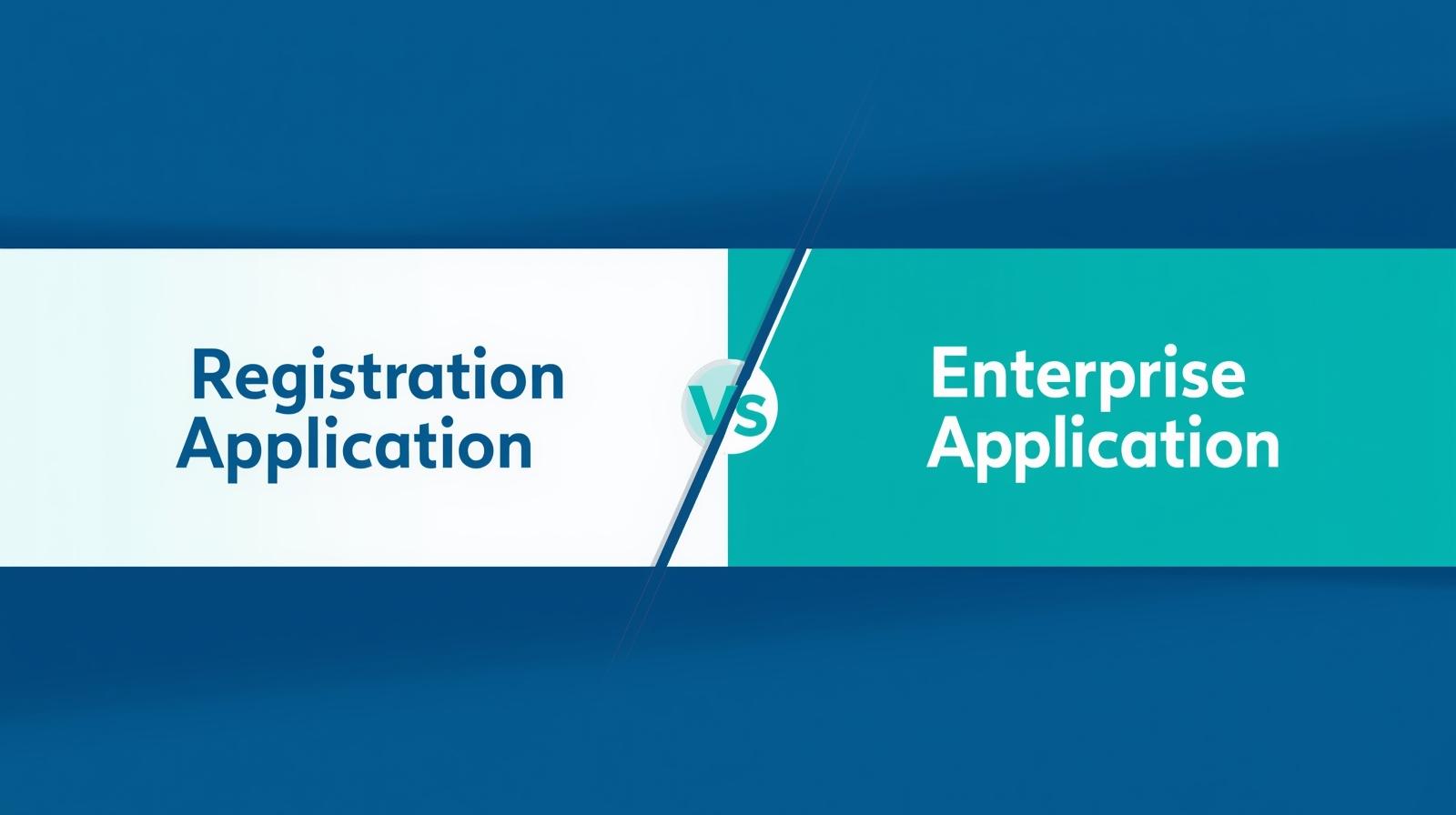
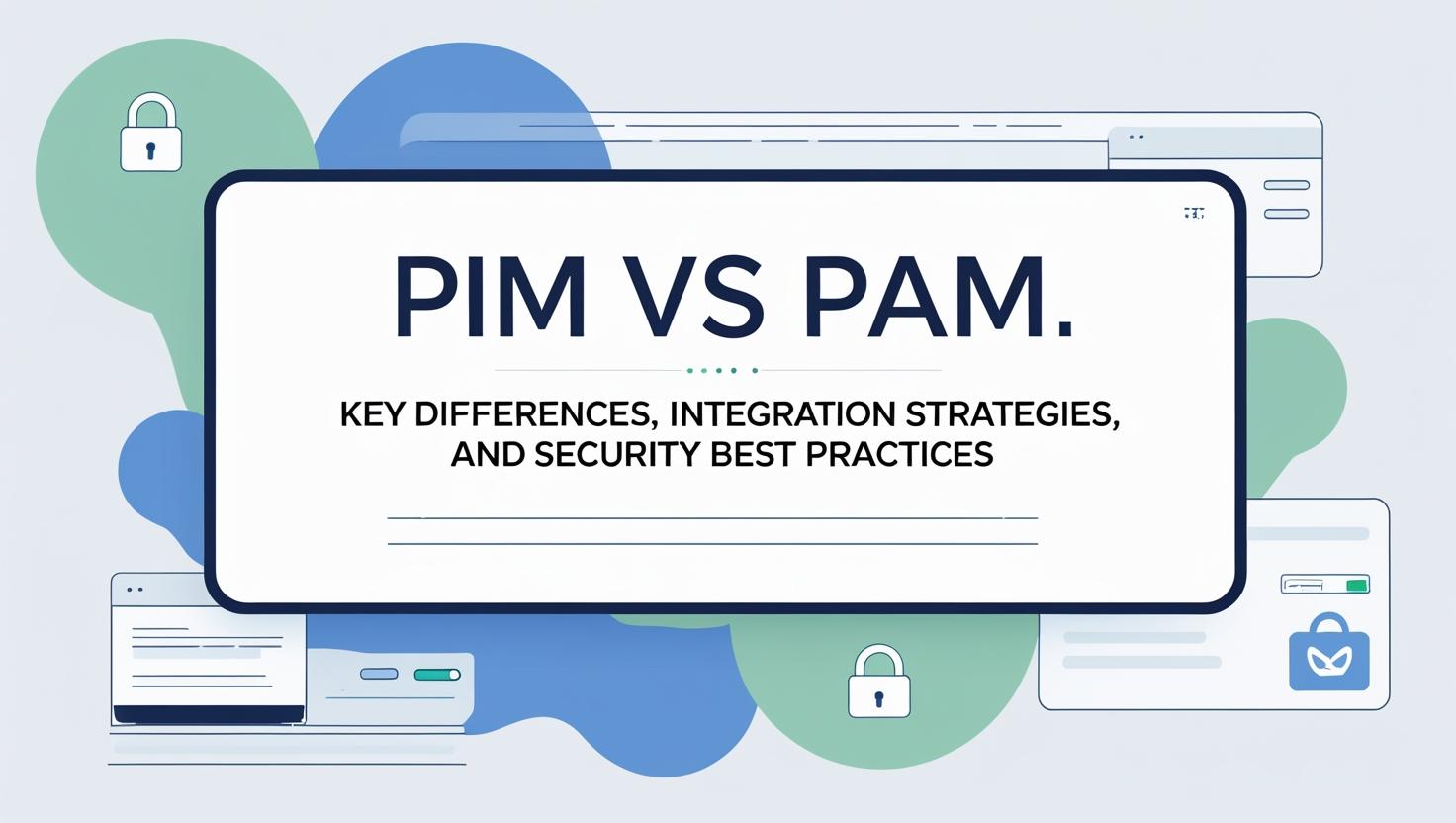
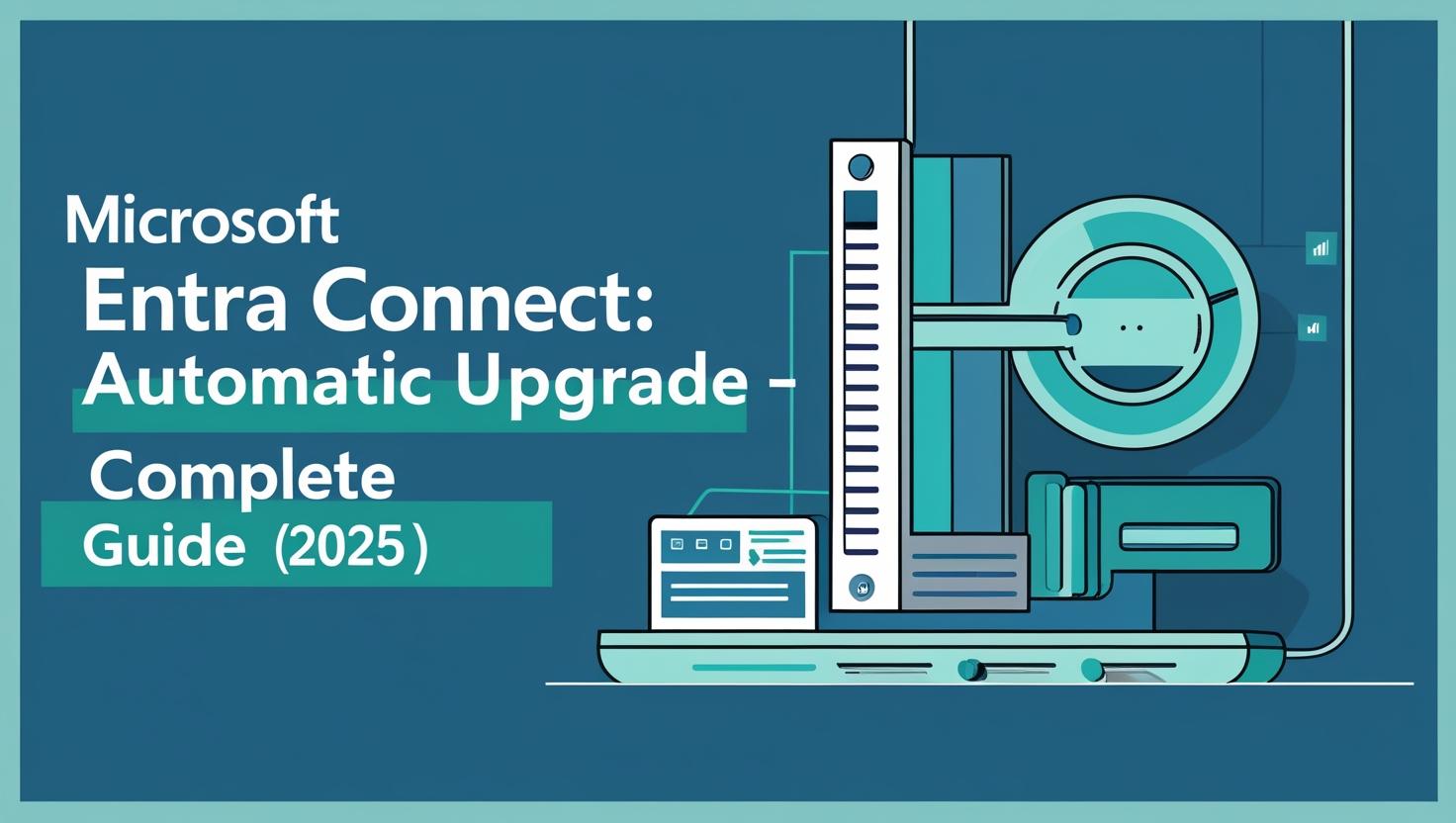
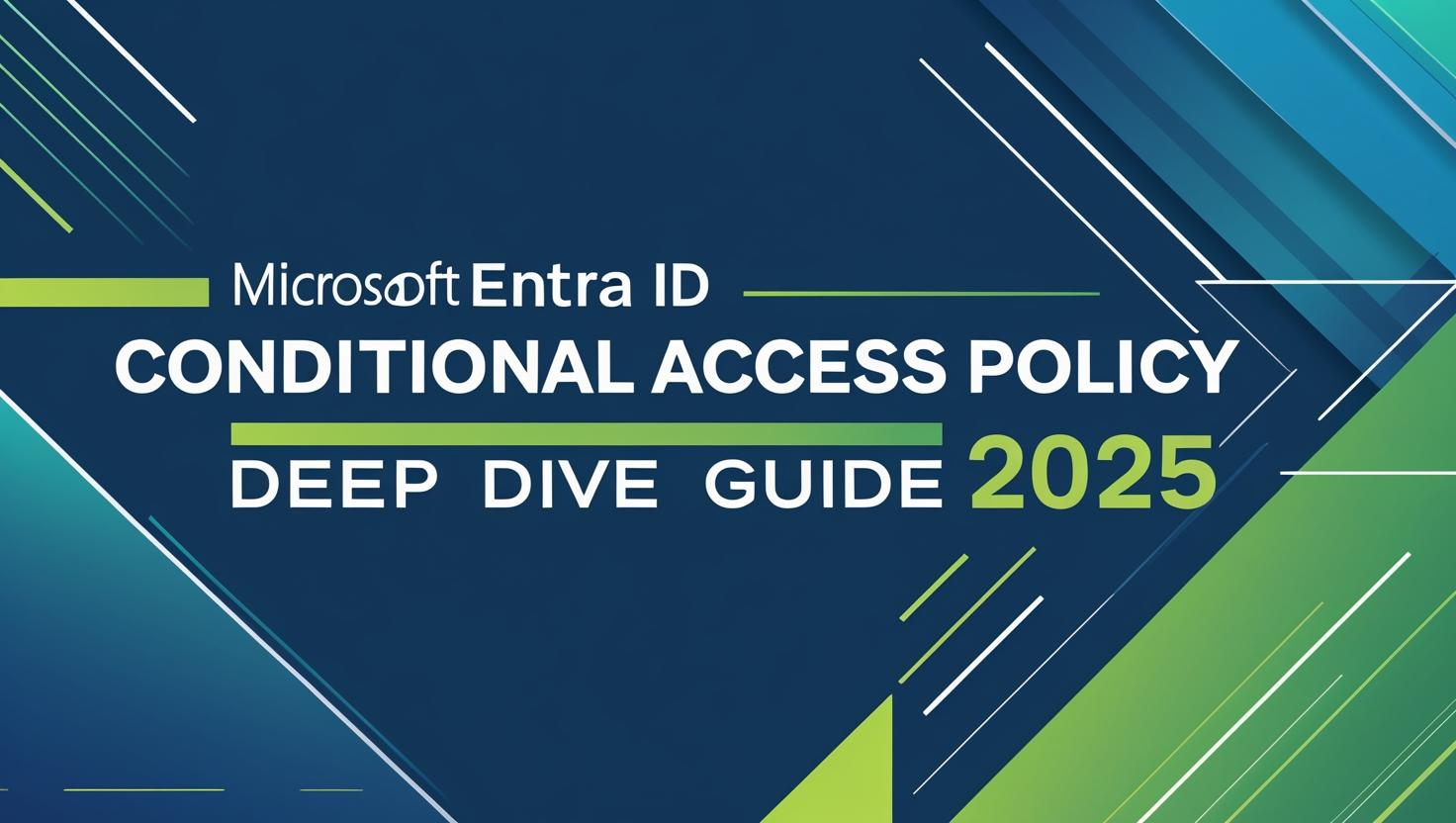




Architecture of Entra Connect : The Expert & Awesome Guide - Cloud Knowledge
[…] This article explains the basic structure of Microsoft Entra Connect Sync. If you’ve used older tools for syncing identities, some of this might already make sense to you. If you’re new to syncing, this article is a good place to start. You don’t need to know all the details here to successfully customize Microsoft Entra Connect Sync (also called the sync engine in this article). […]